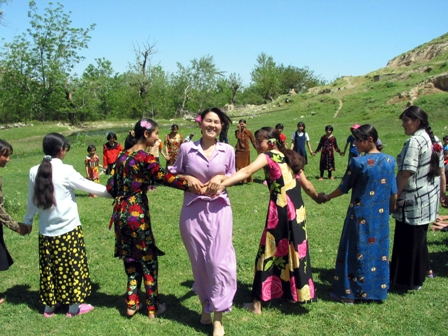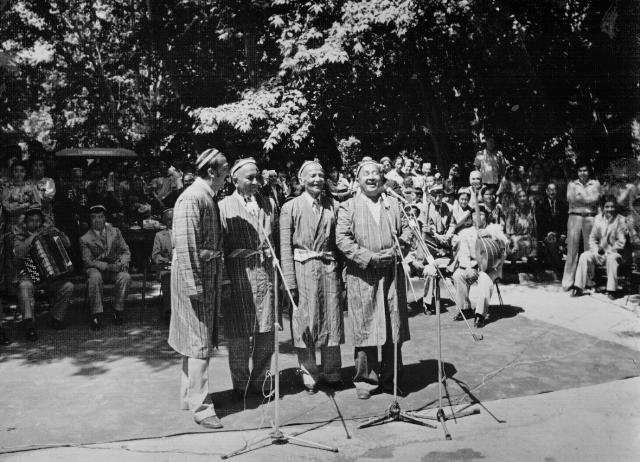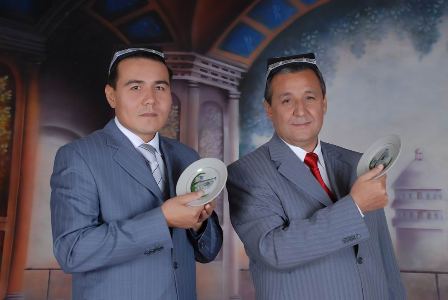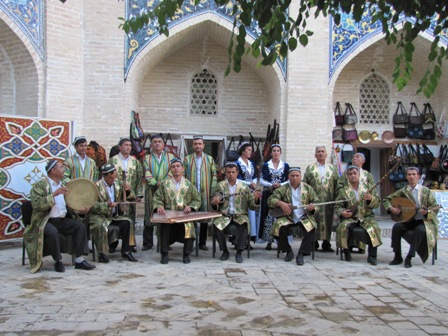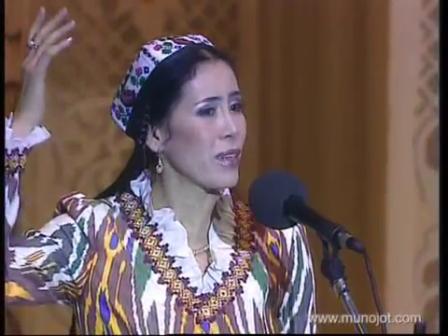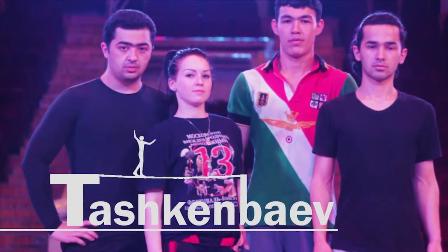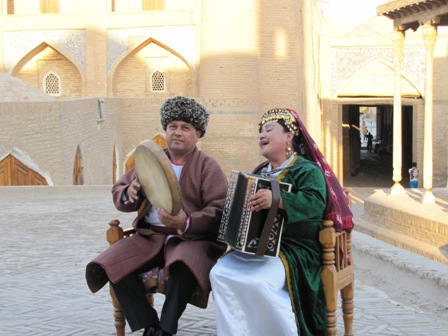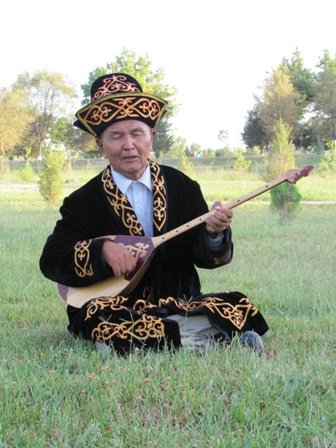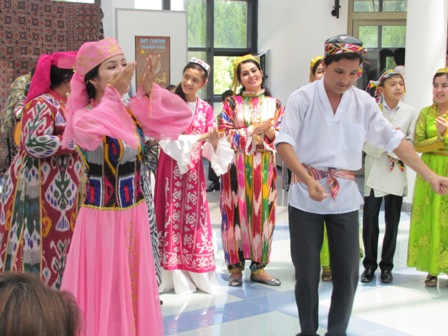Feruz
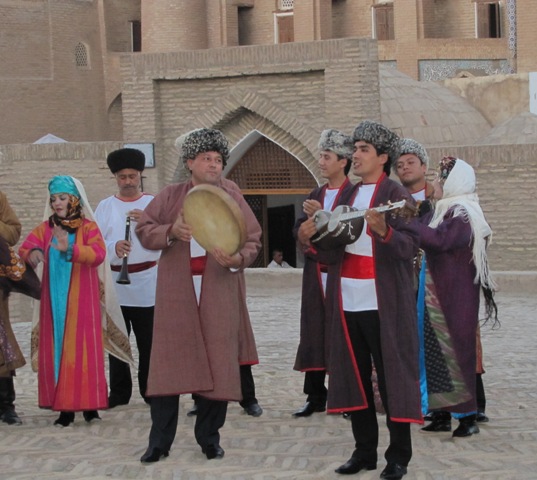
Domain: Performing Arts
Index Number: 02.01.05
Feruz (literally - "stone of happiness") is a widespread and well-known vocal genre in Khoresm. It represents a five-part cycle called "Feruz 1-5". It evolved based on shuba of maqoms of "Navo" and "Segoh", representing the cycle of "Khoresm maqoms". In terms of character and style of performance they are not part of maqom pieces. Though, in terms of music and performance rules they are not so inferior to maqoms.
Feruz is an original vocal cycle, which has its own local features. It embodies Khoresm singing style, and is observable in the repertoires of famous singers of Uzbekistan. As a distinct vocal genre under common name of "Feruz" it became widespread at the beginning of the ХIХ century, more exactly, during the rule of Muhammad Rakhimkhon I (1807-1826), and emerged as a result of creative collaboration of famous bastakors (creators of oral music; composers) and singers. In particular, Feruz 1 and Feruz 2 were once very popular among connoisseurs of music and no event or feast was organized without performance of these vocal pieces. They were so popular that among the people even the saying emerged, "if the first one is 'a golden ring', then the second one is its 'pearl'". Later, other variations of Feruz were created in genres of savt and ufar, which eventually made up part of Feruz vocal cycle.
In accordance with written sources, the author of poems and melodies was considered Feruz, a famous poet and bastakor. "Feruz" was the pen-name of the ruler of Khiva, Muhammad Rakhimkhon II (1864-1910), who was well familiar with music science, skillful in playing on musical instruments (tanbur and dutar), and was the author of poetic diwans (collections of poems). He attached great importance to the development of music art and it is exactly during his time that musical culture of Khoresm was revived. And it is exactly under his rule that the traditions of maqom art became so important that they were promoted on the state level. Muhammad Rakhimkhon II is the author of several instrumental pieces (Muhammasi Feruz, Musaddasi Feruz, etc.), which made up parts of several Khoresm maqoms. Thanks to his initiative a special musical notation system was created, i.e. "Tanbur notation", with the help of which cycles of Khoresm tanbur and dutar maqoms were written down. This musical notation system was in use in musical practice (based on "ustoz-shogird" ("master-apprentice") methodology) until the 40s of the XX century. And it is based on the poems of Feruz that many vocal pieces emerged.
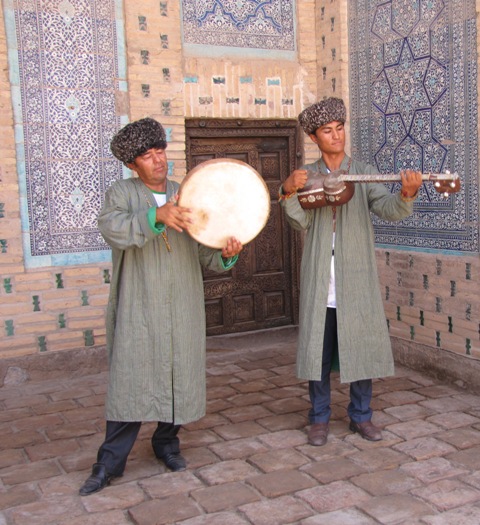
In general, singing of the cycle of Feruz requires good professional qualities and skills. And one of those, who are able to perform the whole cycle of Feruz 1-5, is Khojikhon Boltaev, a famous singer of Khoresm. Notably, Feruz 1-2 became especially popular in Uzbekistan and was included in the repertoires of many singers. In particular, a famous singer of Ferghana Valley, Tavakkal Qodirov, performed them in his own style, i.e. with distinct manner of delivery of musical and poetic meaning.





